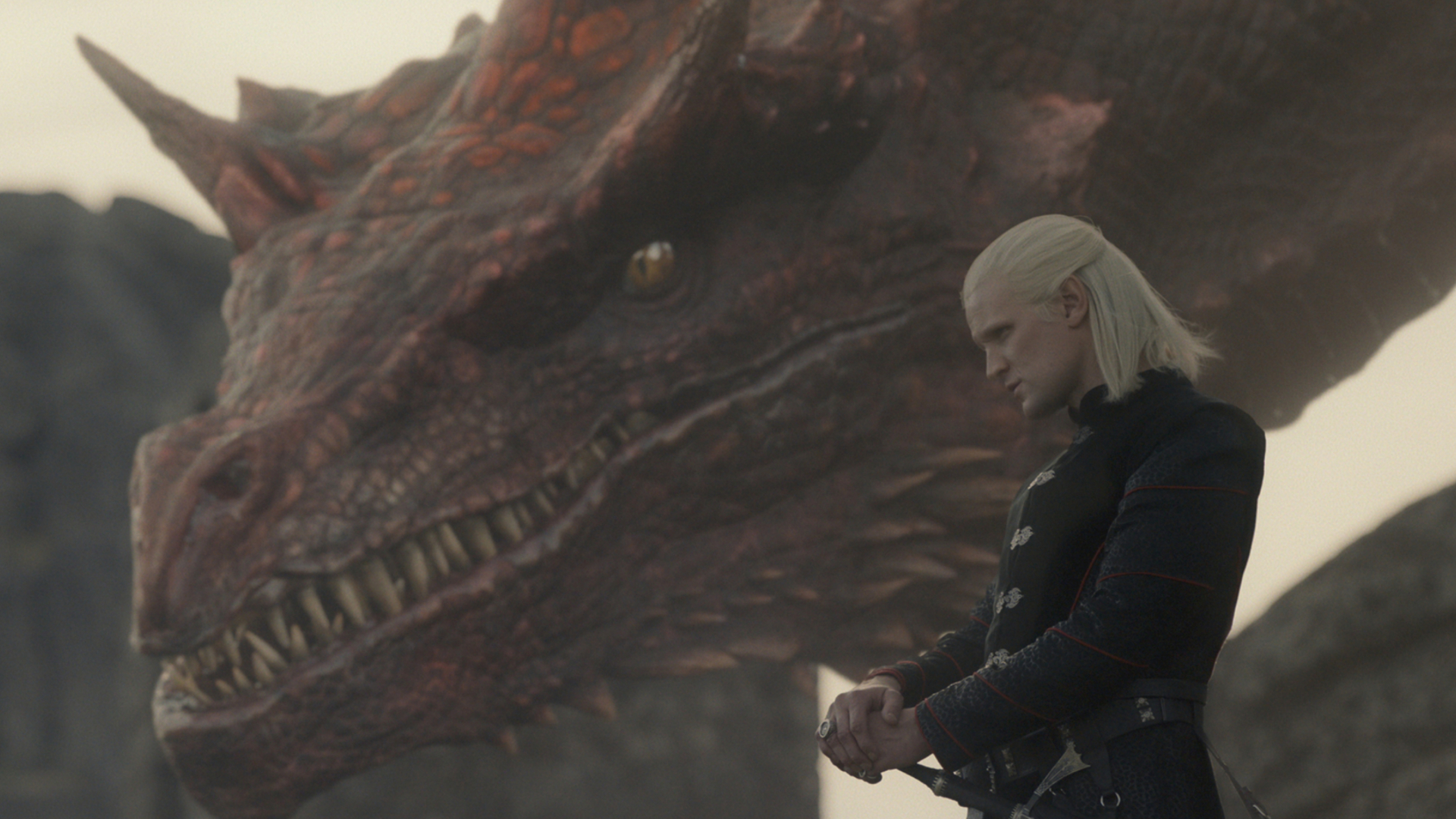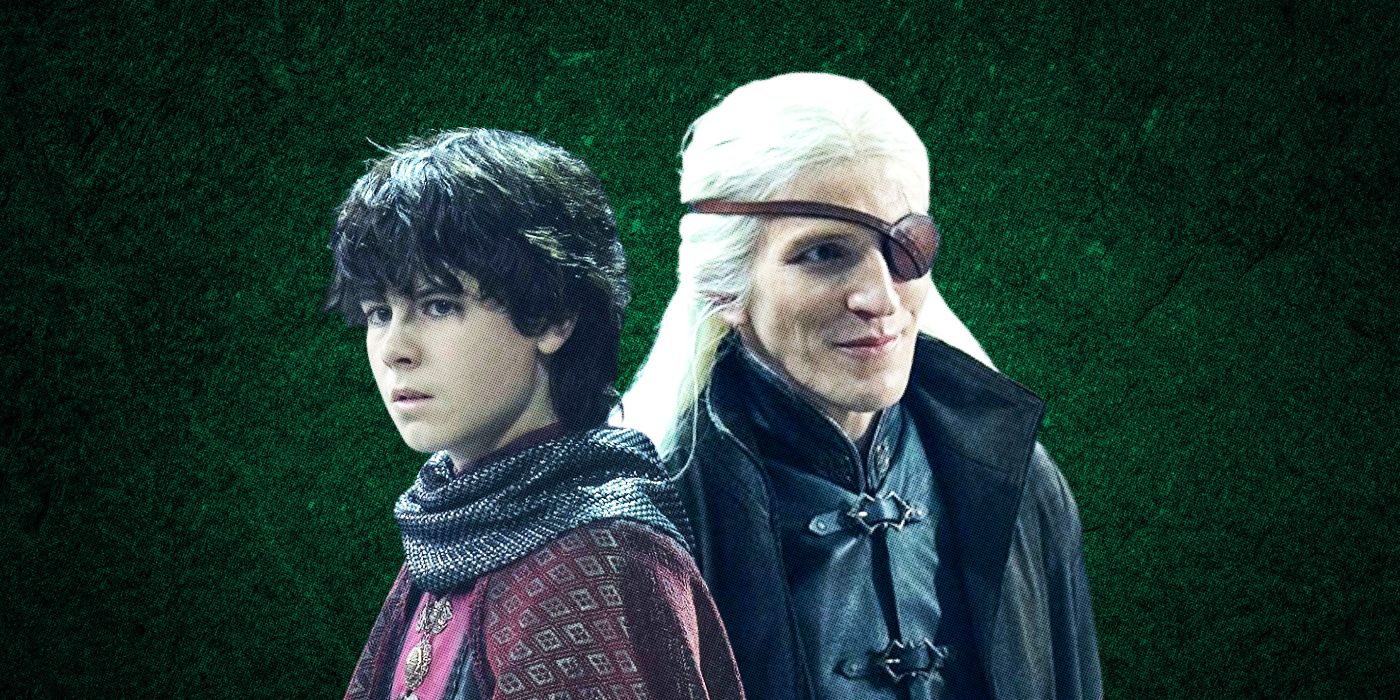Historical Context of Blood and Cheese

The “Blood and Cheese” incident, also known as the “Red Wedding of King’s Landing,” was a pivotal event in the history of Westeros. It occurred during the reign of King Aerys II Targaryen and sparked a series of events that ultimately led to the downfall of the Targaryen dynasty.
Blood and cheese, the infamous duo from Westeros, strike fear into the hearts of those who cross their path. As the sun sets and the hour of reckoning approaches, it’s time to tune in to what time is game of thrones tonight to witness their bloody deeds.
For in the realm of Westeros, where power and treachery intertwine, the pursuit of justice can come at a gruesome cost, as the tale of blood and cheese so vividly demonstrates.
The incident was orchestrated by Prince Rhaegar Targaryen, who was enraged by the murder of his wife, Elia Martell, and their children by Ser Gregor Clegane. Rhaegar hired two sellswords, Blood and Cheese, to avenge their deaths.
The sight of blood and cheese sent shivers down their spines, a grim reminder of the brutality that lurked within the Seven Kingdoms. But for those eagerly awaiting the next episode of the epic tale, solace could be found in the game of thrones air time.
Yet, even as the show captivated viewers with its intricate plotlines and heart-stopping moments, the memory of blood and cheese lingered, a chilling echo of the horrors that could befall in the realm of Westeros.
Key Players
- Prince Rhaegar Targaryen: The crown prince and heir to the Iron Throne. He was known for his martial prowess and his love for Lyanna Stark.
- Elia Martell: The princess of Dorne and Rhaegar’s wife. She was brutally murdered along with her children by Ser Gregor Clegane.
- Blood and Cheese: Two sellswords hired by Rhaegar to avenge the deaths of Elia and her children.
- Ser Gregor Clegane: A ruthless and sadistic knight who murdered Elia and her children. He was known as “The Mountain” due to his immense size and strength.
Significance
The Blood and Cheese incident had a profound impact on the history of Westeros. It ignited a feud between the Targaryens and the Martells, which ultimately led to the outbreak of Robert’s Rebellion.
The incident also revealed the growing instability of King Aerys II’s reign. His paranoia and cruelty had alienated many of his allies, and the Blood and Cheese incident further eroded his support.
Literary Analysis of Blood and Cheese in “Fire & Blood”

In “Fire & Blood,” George R.R. Martin deftly employs literary techniques to portray the infamous Blood and Cheese incident with vivid intensity. Through a tapestry of perspectives and a keen exploration of character motivations, Martin delves into the complexities of this pivotal event.
Character Development and Motivations
Blood and Cheese emerge as enigmatic figures driven by a thirst for vengeance and a twisted sense of duty. Blood, a cold-blooded killer, is consumed by his unwavering loyalty to Daemon Targaryen, while Cheese, a cunning and sadistic individual, relishes the opportunity to inflict pain. Their contrasting personalities underscore the multifaceted nature of their mission.
Themes and Symbolism, Blood and cheese
The Blood and Cheese incident resonates with profound themes that echo throughout the narrative. The cycle of violence and retribution spirals out of control, mirroring the destructive forces that plague Westeros. The act of kinslaying, symbolized by the murder of young Helaena Targaryen, represents the ultimate betrayal and a profound loss of innocence.
Cultural Impact and Legacy of Blood and Cheese

The brutal assassination of King Aegon II’s sons, Jaehaerys and Maelor, by Blood and Cheese had a profound impact on the history of Westeros and beyond. The event sparked outrage and revulsion, and it remains a cautionary tale about the dangers of political violence and the lengths to which some will go to achieve their goals.
Influence on Popular Culture
The story of Blood and Cheese has been referenced and adapted in numerous works of popular culture, including:
- The television series Game of Thrones, which depicts the event in its fifth season.
- The novel The Winds of Winter by George R.R. Martin, which features a character named “Blood” who is inspired by the historical figure.
- The video game Crusader Kings III, which includes an event that allows players to assassinate their rivals using Blood and Cheese’s methods.
Ethical and Moral Implications
The assassination of Jaehaerys and Maelor raised important ethical and moral questions about the use of violence in politics. Some argued that the deaths of the children were justified because they were the sons of a usurper, while others condemned the act as an atrocity that violated all sense of decency.
The event also highlights the dangers of unchecked power. Blood and Cheese were able to carry out their mission because they were acting on behalf of the powerful Lord Mysaria. This raises questions about the limits of authority and the responsibility of those in power to use it wisely.
Historical and Fictional Accounts
The historical and fictional accounts of Blood and Cheese differ in some significant ways. The historical account, as recorded in The World of Ice and Fire, is more detailed and provides more context for the event. The fictional account, as depicted in Fire & Blood, is more focused on the emotional impact of the assassination and its consequences for the characters involved.
| Historical Account | Fictional Account |
|---|---|
| Blood and Cheese were hired by Lord Mysaria to kill Aegon II’s sons. | Blood and Cheese were hired by Mysaria to kill Aegon II’s sons. |
| Blood and Cheese infiltrated the Red Keep and killed Jaehaerys and Maelor in their beds. | Blood and Cheese infiltrated the Red Keep and killed Jaehaerys and Maelor in their beds. |
| Blood and Cheese escaped from the Red Keep with the help of Mysaria’s supporters. | Blood and Cheese escaped from the Red Keep with the help of Mysaria’s supporters. |
| The historical account does not mention the fate of Blood and Cheese. | The fictional account states that Blood and Cheese were eventually killed by Aegon II’s supporters. |
In the labyrinthine alleyways, blood and cheese flowed like a macabre river, staining the cobblestones a crimson hue. Amidst this carnage, the name Fabrizio Laurenti whispered through the shadows like a phantom. His art , a grotesque symphony of blood and bone, mirrored the horrors unfolding in the streets.
As the sun dipped below the horizon, casting long shadows across the city, the stench of blood and cheese mingled in the air, a testament to the darkness that consumed the night.
In the labyrinthine realm of Westeros, where treachery lurked like a venomous adder, the infamous Blood and Cheese were assassins whose blades tasted the blood of royalty. Their grim deeds echoed through the annals of history, forever entwined with the legends of a knight of the seven kingdoms , whose valiant swords clashed against the darkness that threatened to consume their world.
But even amidst the chaos and carnage, the echoes of Blood and Cheese’s sinister mission lingered, a haunting reminder of the fragility of power and the enduring legacy of vengeance.
The blood and cheese were like the two sides of a coin, inseparable yet eternally at odds. The former, a symbol of life and sustenance, the latter, a harbinger of death and decay. But even in their opposition, they found a strange harmony, a macabre dance that played out in the shadows of the mad king got’s reign.
For in his madness, he saw only the blood and the cheese, oblivious to the dance that bound them together.